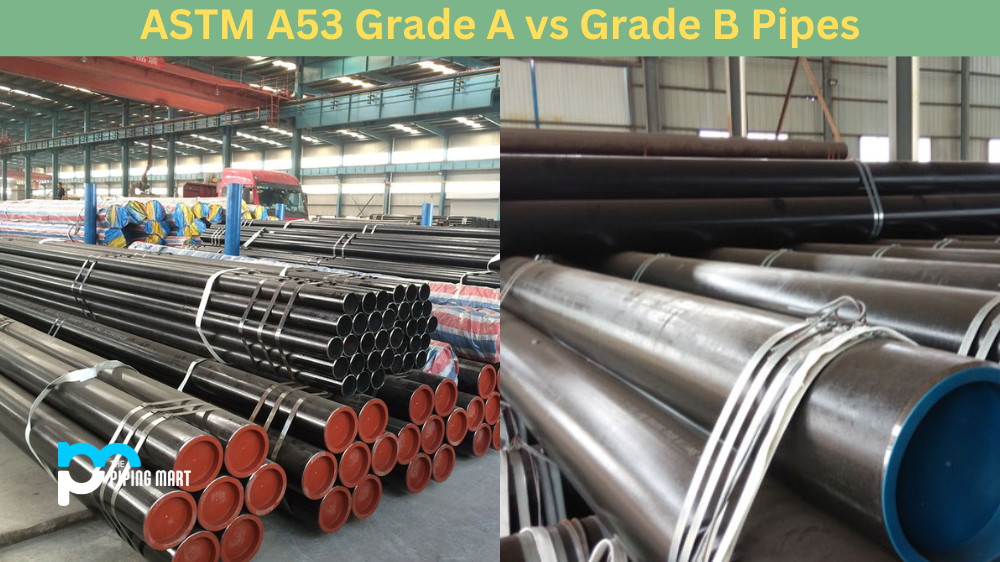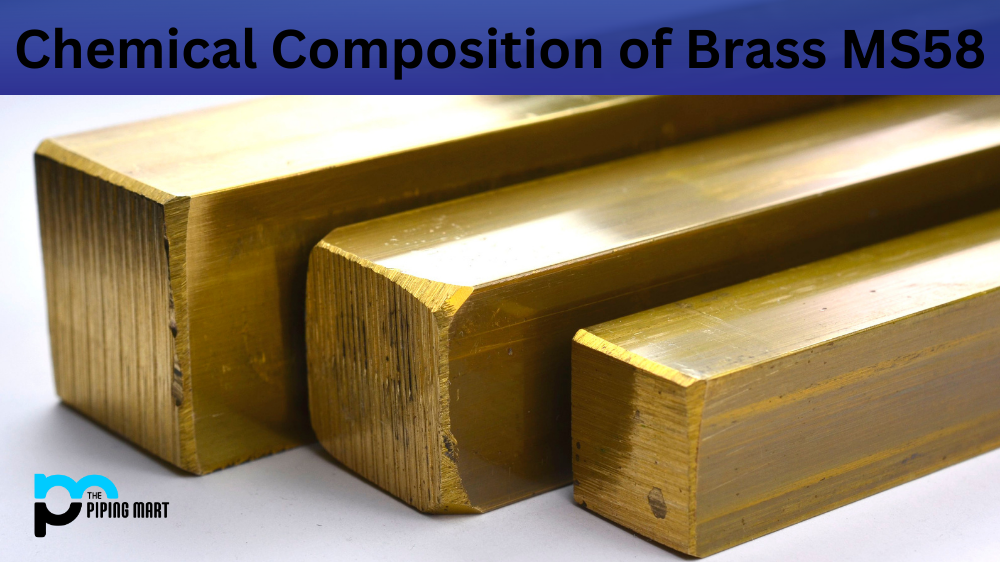The American Society for Testing and Materials (ASTM) sets construction materials and products standards. Among those is ASTM A53, which specifies the requirements for carbon steel pipes for high-temperature and pressure applications. If you’re in the construction or manufacturing industry and looking for reliable pipe material, you might have encountered the terms ASTM A53 Grade A and Grade B pipes. In this blog post, we’ll discuss the differences between the two so you can decide which one to choose for your project.
Difference Between ASTM A53 Grade A vs Grade B Pipes
Chemical Composition
ASTM A53 Grade A and Grade B pipes have different chemical compositions. Grade A pipes have a maximum carbon content of 0.25%, while Grade B pipes can have a maximum carbon content of 0.30%. Grade A pipes also have a minimum manganese content of 0.95%, while Grade B pipes have a minimum manganese content of 1.20%. These differences affect the strength and durability of the pipes.
Mechanical Properties
ASTM A53 Grade A and Grade B pipes have different mechanical properties. Grade A pipes have a minimum tensile strength of 330 MPa and a minimum yield strength of 205 MPa, while Grade B pipes have a minimum tensile strength of 415 MPa and a minimum yield strength of 240 MPa. Grade B pipes are stronger and more durable, making them suitable for high-pressure and high-temperature applications.
Manufacturing Process
ASTM A53 Grade A and Grade B pipes are made through hot-dipping. However, Grade A pipes are produced through a continuous galvanizing process, while Grade B pipes are produced through a separate quenching and tempering process. This difference also affects the strength and durability of the pipes.
Application
ASTM A53 Grade A pipes are primarily used for plumbing and water supply systems. In contrast, Grade B pipes suit high-pressure and high-temperature applications, such as steam and air pipelines, oil and gas transportation, and structural supports.
Cost
Because ASTM A53 Grade B pipes are stronger and more durable, they are generally more expensive than Grade A pipes. However, the cost difference may be insignificant, especially considering the long-term benefits of using a stronger, more durable pipe material for your project.
- A53 Grade A is a lower grade of pipe than Grade B.
- A53 Grade A has a minimum yield strength of 35 ksi, while Grade B has a minimum yield strength of 60 ksi.
- A53 Grade A has a maximum carbon content of 0.26%, while Grade B has a maximum carbon content of 0.30%.
- A53 Grade A is not intended for high-pressure applications, while Grade B is suitable.
- A53 Grade B is more expensive than Grade A because it has a higher yield strength and carbon content.
Conclusion
Choosing between ASTM A53 Grade A and Grade B pipes depends on your project’s specific needs and requirements. If you need pipe material for plumbing and water supply systems, Grade A pipes should be sufficient. However, Grade B pipes are recommended for high-pressure and high-temperature applications, as they offer better strength and durability. Cost may also be a consideration, but it should not be the sole factor in your decision-making process. Ultimately, consulting with a reliable supplier or manufacturer can help you make an informed decision based on your project’s specific needs and budget.

Pipingmart is a B2B portal that specializes in metal, industrial and piping items. Additionally, we share the latest information and information about materials, products and various types of grades to assist businesses that are involved in this business.




